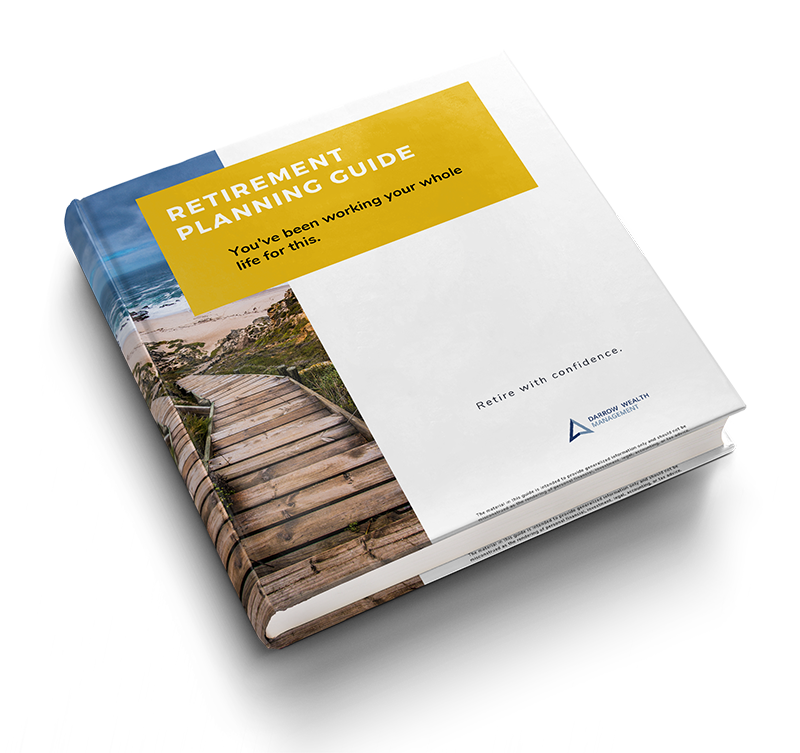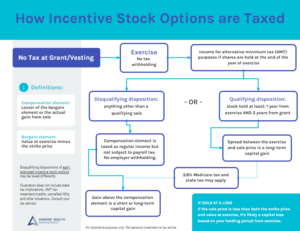Updated for 2022. It can sometimes be difficult for business owners to plan for retirement while keeping up with the demands of running a company. Setting up a retirement plan may seem daunting or cost prohibitive, but it is important small business owners are aware of the ways to save for retirement, while reducing their taxable income. There are many types of retirement plans available to suit the needs of small business owners. This article will take a closer look at two retirement strategies for small businesses.
While setting aside funds for retirement is an essential part of any long-term strategy, it can also provide immediate benefits by lowering taxable income. Taxes are typically higher for the self-employed because profits that are reported on Schedule C of the Form 1040 are subject to additional self-employment taxes in addition to regular income tax.
While W-2 employees can get up to half of their Social Security and Medicare taxes covered by their employers, those that file a 1099 must pay for the employee and the employer portion themselves. Therefore, contributing to qualified tax-deferred retirement plan will not only pay off in the long run, but will also help to reduce overall taxable income, leading to lower income taxes owed to the IRS.
Types of Retirement Plans for Small Business Owners
Business owners have several retirement plans to choose from, and for small companies, the SEP IRA and Individual 401(k) are among the most common. Each plan has its own considerations and associated advantages and disadvantages. Additionally, business earnings, annual income and business entity structure will also determine the best fit.
Solo 401(k)
This type of retirement plan is only suitable for those that are self-employed or the owners of a small business (sole proprietors, partnerships, C and S corporations) with no other employees, unless the only other employee is a spouse. The Individual 401(k) plan is very similar to a Traditional 401(k) plan, with profit-sharing provisions.
For business owners who do not plan to take on additional employees in the future, a Solo 401(k) offers a higher contribution limit, tax-deferred growth, a wide array of investment options, and loan provisions.
Solo 401(k) features:
- No employees – retirement planning for spouse, as well as business owner; individuals can save for retirement tax-deferred for themselves, as well as spouses who are qualified employees
- Adjustable contributions – individuals can decide how much to save annually, up to $20,500 in 2021. For individuals age 50 and over, there’s a $6,500 catch-up contribution.
- Profit sharing – this plan allows business owners to contribute as an employee up to the limits above, plus a profit-sharing contribution of up to 25% of compensation as the employer, up to a total limit of $61,000 in 2022. Note: catch-up contributions are in addition to this figure.
- Tax treatment – the employer can take a tax deduction up to 25% of annual compensation for contributions to the plan
- Loan options – potentially penalty-free loans may be taken, subject to certain limits
- Administration – required annual reporting through Form 5500 when the account exceeds $250,000
SEP IRA
(Simplified Employee Pension) is a type of a traditional IRA, however it is specifically for small business owners (sole proprietors, partnerships, C and S corporations), and those that are self-employed. Employers can contribute to this retirement plan for themselves, as well as their employees. All SEP IRA contributions are made by the employer – employees cannot contribute to this type of retirement plan. Since the SEP IRA is a type of IRA, the same rules will apply – for example, IRAs do not permit loans and cannot invest in life insurance.
SEP IRA features:
- Most flexible plan to set up and fund – SEP IRAs can be funded as late as a tax filing extension and still count towards the previous calendar year
- SEPs must cover employees over the age of 21 who have worked at the company for at least three of the last five years with $600 or more in earnings.
- Contribution limits – contributions are limited to the lesser of 25% of W-2 earnings, or 20% of net income if self-employed, or $61,000 in 2022.
- Flexible contributions – employers have discretion as to whether to make an annual contribution and in the amount, so long as the decision is applied uniformly across all participants and within specified limits. SEP IRA contributions are typically made as a flat dollar amount or as a percentage of compensation.
- Administration – SEP IRAs are not subject to annual IRS filings.
- Tax treatment – the employer can take a tax deduction up to 25% of annual compensation for all contributions to the plan.
How to Choose Between a SEP IRA or a Solo 401(k)
Without the infrastructure of a retirement plan or pension established by an employer, self-employed individuals or small business owners often delay saving for retirement. After all, if you don’t do it, who will?
Setting up a retirement plan to save for your future, attract employees, and reduce taxable income doesn’t need to be overly burdensome or cost prohibitive. These are just two of the many types of plans that may be suitable for your business. If you’re a small business owner with questions about your plan for retirement, contact us today for a consultation.











